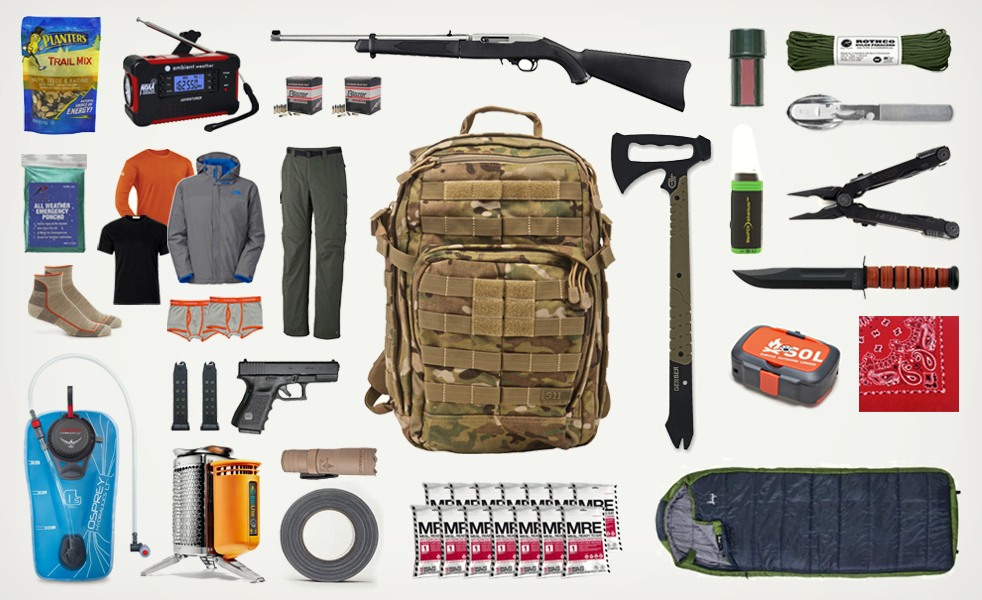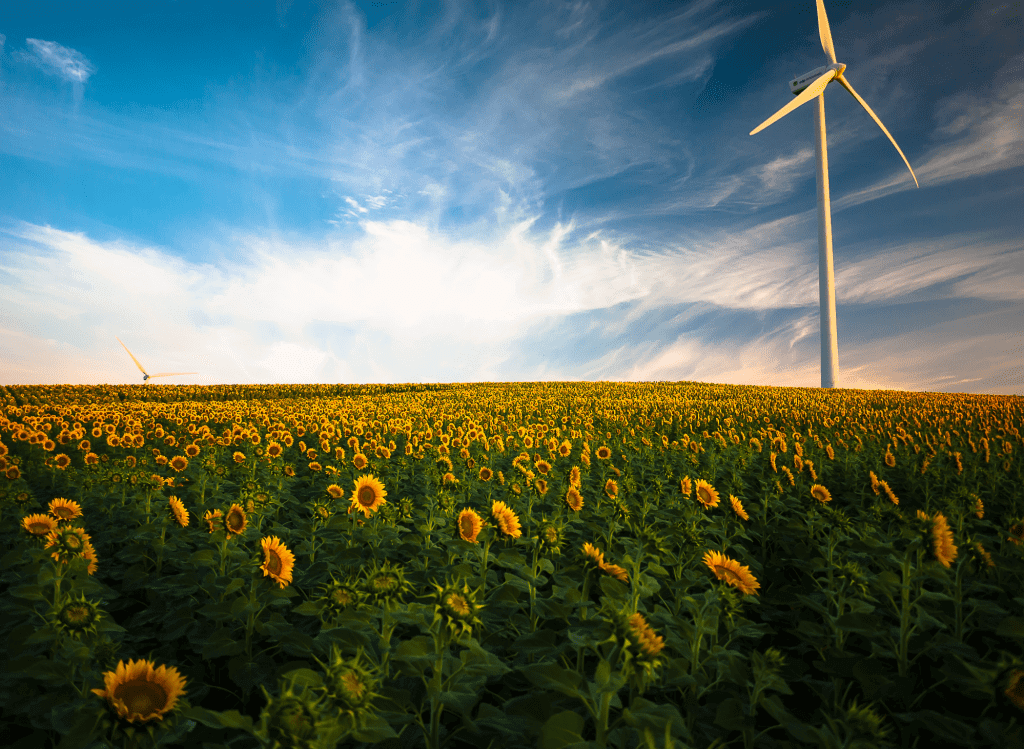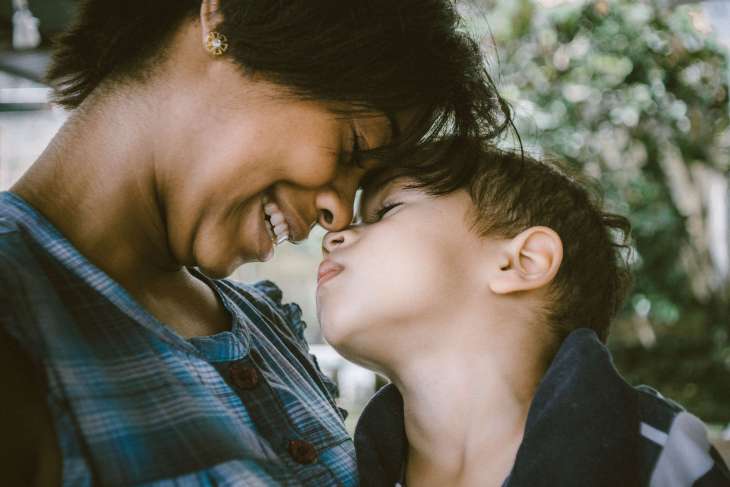Earthquakes are one of the biggest threats in the natural disaster category. While Mother Nature is fearsome in many forms, earthquakes pose a real danger to life and property, and can a lot of structural damage. In addition, earthquakes pose several indirect threats outside of the damage they can deal to buildings and infrastructure, which result in various types of pollution, including air pollution, which can threaten your family’s health.
So what are the things we can do to prepare our homes for earthquakes?
Learn Proper Earthquake Reaction Protocol
Create a plan for everyone in the house to know by heart. This includes figuring out where the safe places in your house are. The typical locations are under tables doing duck and cover, at doorways, or against an inside wall. Quick exit roots to the outside are also vital.
Everyone should be aware of a rallying point where everyone can meet up after the disaster strikes. This helps keep your family safe together. Outdoors, be wary of being near trees, buildings, overpasses and elevated expressways, and electrical lines and telephone poles.
Finally, learn how to call for help – either using phones, or if down how to signal with international Morse Code for SOS by tapping hard metal pipes if trapped during a collapse.
Secure Your Home, Check for Hazards
Many of the problems caused by earthquakes are complications arising from hazardous materials that are released due to structural damage. If your home is using a gas range you probably have an LPG tank somewhere that needs to be properly secured. Know where the water pipes are and where they can break and possibly cause damage. Pesticides, kerosene and other materials should be stored securely in closed cabinets, as these have potential to leak and release harmful fumes that can pollute your indoor air space.
Any heavy materials that might be unsecured should be battened down. Overlight head fixtures like light bulbs should be secure in place. Heavy items should be hung away from beds, such as mirrors, paintings and the like. Shelves should be fastened to walls so they don’t fall or tip over.
After the earthquake, all of these need to be checked to ensure no damage was done, and no damage can trigger that will cause further complications when you don’t expect them.
Prepare an Earthquake Readiness Kit
This is proper disaster readiness for any situation, and is perfect for earthquakes. Make that each family member has a “Bug Out Bag.” A BOB is a compact pack – preferably a backpack for easy carrying – that you store in an easily accessible location in your home, preferably near the entrance or even outside if you have a porch or some other safe storage.

The BOB contains everything that you need to survive for 72 hours. These include:
- 3 days worth of food – usually in the form of non-perishables like MREs or canned food
- 3 days worth of water – about 2 liters
- 3 changes of clothing, including appropriate 4-season wear
- Personal medications for specific family members like asthma inhalers or insulin
- Toiletries
- Identification papers
- A gas mask or surgical mask
- A flashlight
- Three different fire sources (matches, lighter, flint)
- A radio
- A phone charger – preferably with a hand crank or solar panel
- First Aid Kit with basic medications, gauze, disinfectant,
- A basic means of shelter, like a tarpaulin, a tent, and hammock, and a warm weather proof blanket
- A fixed-blade knife
- A toolkit with things like a hammer, prybar, screw driver, gloves (or a multitool device)
- Emergency cash
- Optional self-defense options if needed, like a pistol
Not all the BOBs for all family members will need all the items, the bag for the children for instance will not need the weapons and extra tools for the most part, and should be limited to the first seven items on the list to keep their packs light.
When all is said and done, earthquake readiness means keeping your home and family members secure and armed with the knowledge and tools to survive in the worst case scenario. The dust that results from collapsing structures and the shaking of the tremors can be dangerous respiratory hazards if you are unprepared, so surgical masks or gas masks are vital to keep on hand in your BOB, or at the very least a bandanna that you can use as a balaclava.
But with proper education and preparedness you can prepare your home and your family for any earthquake.







